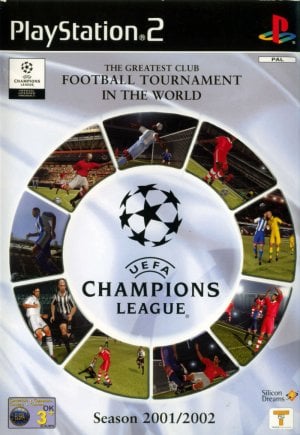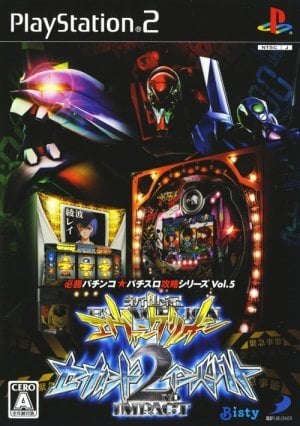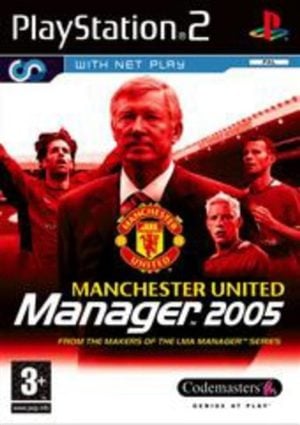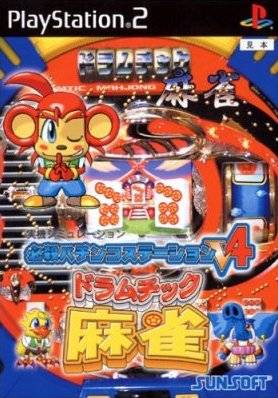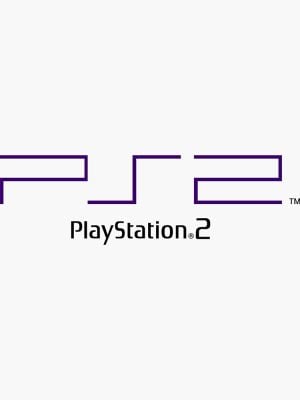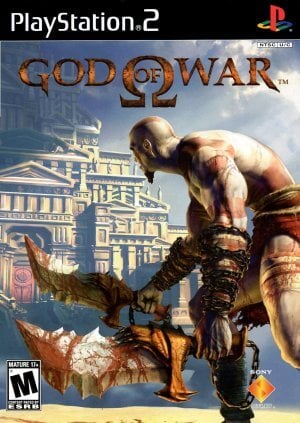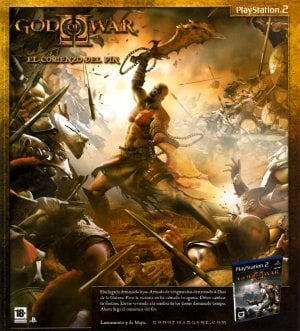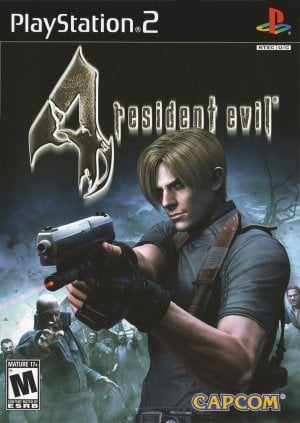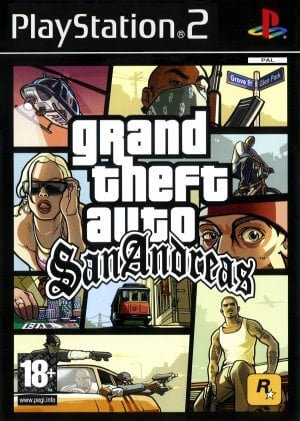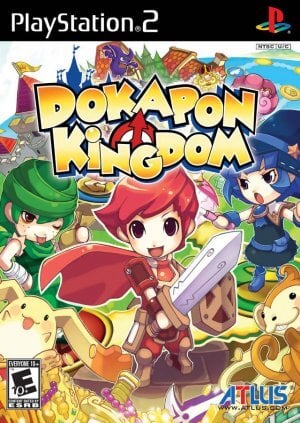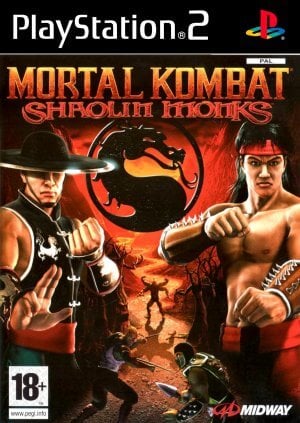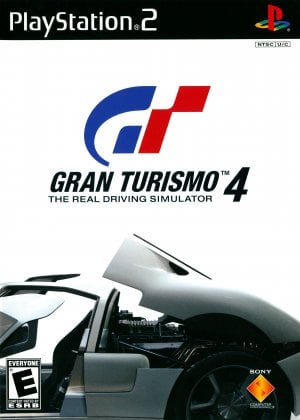2009 January 1st. An average citizen named Lucas Kane, who was acting under the influence of some unseen power at the time, was forced to murder a total stranger when they were both patrons in the same restaurant on a blustery night in New York City. When Lucas finally comes to his senses, he knows that he needs to flee the scene while leaving behind as little evidence as is humanly possible. Lucas makes contact with his brother and, while doing so, thinks back on the events of his own life in an attempt to comprehend what may have led his sibling to do the crime. Lucas just about manages to accomplish this goal. Carla Valenti and Tyler Miles, two police officers who are investigating the murder, are both determined to locate the person responsible for the crime while also attempting to deal with the personal issues that have arisen in their own lives.
Indigo Prophecy, also known as Fahrenheit in Europe, is a psychological suspense game in which the player assumes control of multiple individuals involved in the investigation of a murder. These characters include both the murderer and those looking for him. The adventure genre serves as the primary inspiration for the game’s gameplay. In order to proceed, the three main characters must visit a variety of locales, engage in conversation with a variety of other people, and interact with their surroundings. However, a significant portion of the gameplay consists of a variety of different action-based sequences. These can range from activities that have to be finished in a predetermined amount of time to quick time events, which require the player to press the appropriate button at the appropriate time during a scene.
The level of realism that the player experiences in their interactions with the world is emphasized throughout the game. For instance, in order to pick up a rag and clean the floor, the player must move the mouse or the analog stick back and forth, emulating the movements of the actual object. When interacting with a character, the player is frequently given a limited amount of time to make a decision; if the player misses the window of opportunity to select the best possible response, the game will select one of its own, which is not necessarily the best option. The decision made by the player will occasionally have an impact on the ensuing events and the direction of the entire story, and will ultimately direct the narrative to one of the three possible conclusions.
The game’s handling of both its action-based gameplay and its cutscenes, which are frequently interwoven into one another without any noticeable breaks, demonstrates cinematic presentation. A good illustration of this is the use of the split-screen technique, which is typically implemented during the tensest parts of the game: while the player is attempting to complete the required action on time on one screen, another screen displays what is happening around the character that is being controlled.


